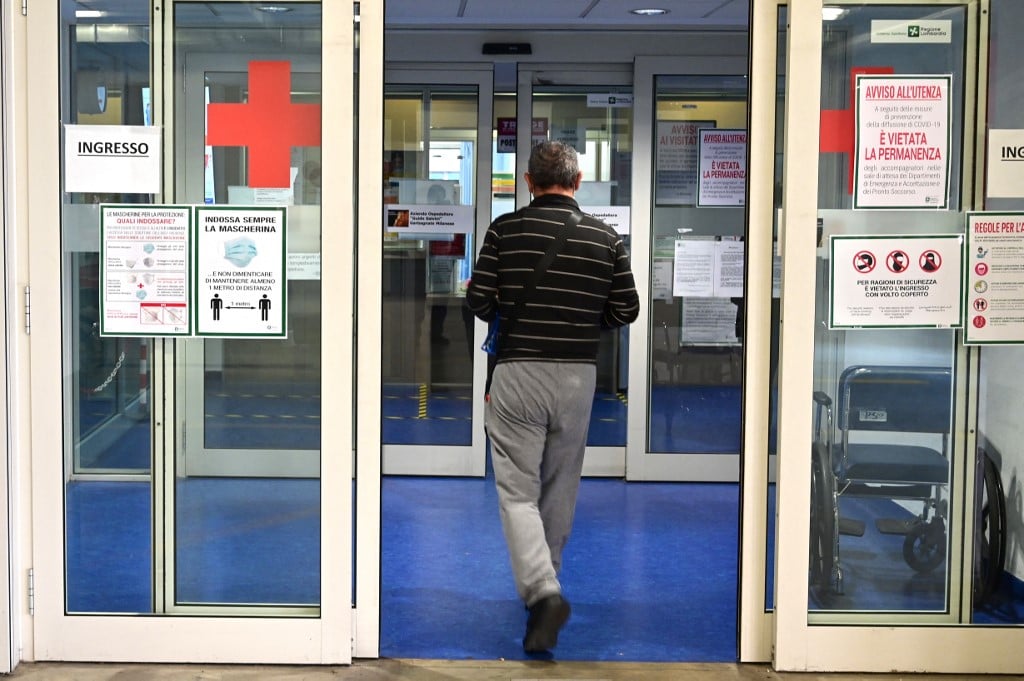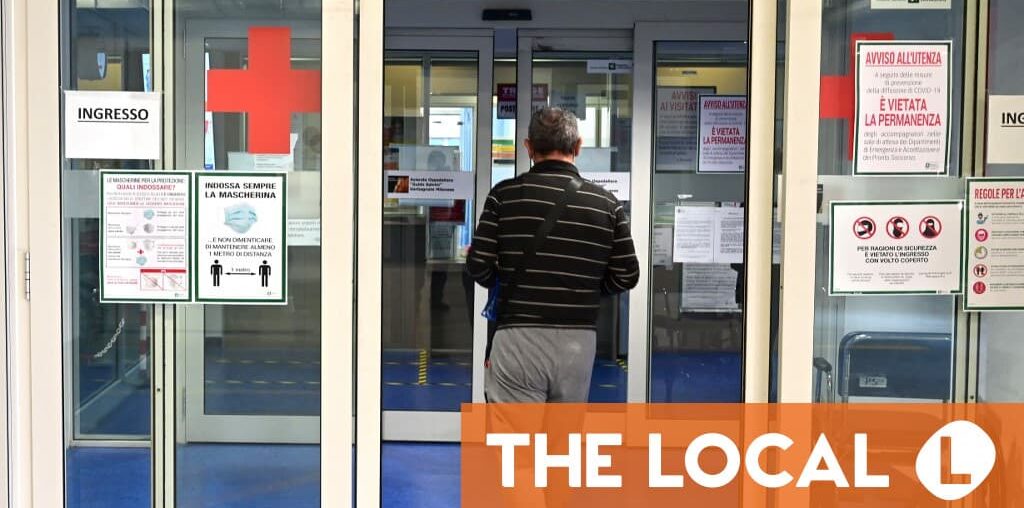
If you’re planning on moving to Italy as a foreign national, registering with the national healthcare system (servizio sanitario nazionale, or SSN) will likely be one of the very first things you do in the country.
Registering with the SSN gives you access to the same healthcare services available to Italian citizens – and under the same conditions (basic services such as doctor’s visits are free of charge, whereas more complex forms of care and diagnostic tests are provided under a co-pay system).
But while registration is free of charge for some international residents, it involves the payment of an annual fee for others.
Here’s what you need to know about registering with Italy’s public healthcare system.
Who can register for free?
Some foreign nationals can register with Italy’s health service for free under the iscrizione obbligatoria (mandatory registration) system.
According to the health ministry, in order to be eligible for iscrizione obbligatoria, international residents must fall under one of these categories:
- People who legally reside in Italy and are either employed, self-employed, or on official unemployment lists (liste di collocamento) and looking for work
- People who have a residency permit (or have requested the renewal of their residency permit) for:
- employment or self-employed work
- family reasons (permesso per motivi familiari)
- asylum and special protection
- medical treatment under article 19
- adoption or foster care
- awaiting citizenship
Advertisement
Who else can register?
If you don’t fall into the above categories, you can still access public healthcare under the iscrizione volontaria (voluntary registration) route.
Unlike iscrizione obbligatoria, iscrizione volontaria involves paying an annual registration fee (see more below). Once registered, you’ll be granted access to the exact same care services as those who enrolled for free.
People who fall under the iscrizione volontaria category include:
- Students and au pairs, even if they’ve been in the country for less than three months
- Those who live in Italy on an Elective Residency Visa
- Religious personnel
- Diplomatic and consular staff working for foreign authorities operating in Italy
- Foreigners participating in volunteer programs
- Elderly parents over the age of 65 entering Italy under a family reunification visa
For a full list see the health ministry’s website.
Generally speaking, voluntary registration is open to anyone legally living in Italy who doesn’t qualify for mandatory registration.
The main condition to qualify for voluntary registration is that you must be staying in Italy for more than three months (unless you’re a student or au pair).
If you plan on staying in Italy for less than three months, you can still access emergency services provided by the SSN upon payment of the relevant rates set by local health authorities.
Advertisement
How much does it cost?
The fee for voluntary registration is calculated by your local health authority (Azienda Sanitaria Locale, or ASL) according to your financial means.
The fee will be calculated by your local ASL office at 7.5 percent of your income up to €20,658, plus 4 percent of your income above that.
The minimum annual fee is currently set at €2,000 (it was bumped up from €387.34 in last year’s budget bill, with the change coming into effect on January 1st, 2024).
The minimum annual fee is lower for foreigners living in Italy on a study permit and au pairs.
Students pay at least €700 (up from the previous rate of €149.77), while au pairs are charged a minimum of €1,200 (up from €219.49).
It’s worth pointing out here that the fee is fixed for the calendar year, so you’ll pay the same amount regardless of when you register, whether that be January or November.
If it’s late in the year, it’s generally advisable to use a private healthcare plan for a month or two before registering with public healthcare at the start of the following year.
Advertisement
How do you register with SSN?
You register directly with your local health authority (ASL). You can do so either by emailing them via certified email (PEC) or by going to their offices in person.
Though requirements may vary from ASL to ASL, the documents needed in most cases include:
- An identification document, such as a passport or identity card
- An Italian tax code (codice fiscale)
- A residency permit (permesso di soggiorno) – or a receipt that your is being processed
- For iscrizione obbligatoria: a work contract, payslip, declaration from an employer, VAT registration, or any other document that shows your entitlement to free registration.
- For iscrizione volontaria: evidence of your yearly income, such as tax returns.
- If registering dependents: birth or marriage certificates that document your relationship
- If registering as a student or au pair: proof of enrolment in a study programme or a contract with a family
For further details on required documentation, it’s advisable to contact your local ASL.
As mentioned above, if you’re registering voluntarily, you’ll need to pay an annual registration fee.
Advertisement
Once you know how much you have to pay (the exact figure will be provided by the relevant ASL), you’ll need to fill out an F24 tax form at a post office or bank, making the payment out to the regional health authority.
Make sure to hold on to the receipt as you’ll need this when you return to complete your registration.
READ ALSO: SSN: How do you pay to register with Italy’s national health service?
Bear in mind that if you’re registered with the SSN through iscrizione volontaria, you’ll need to make an annual in-person visit to the ASL to renew your registration.
What are you entitled to once you register?
The benefit of registering with Italy’s healthcare system is that you’ll be able to access services for free or at a subsidised rate.
Once registered, you’ll receive a tessera sanitaria (health card) that shows you’re entitled to public healthcare. Some ASLs may send you an electronic card that you can use before your physical one arrives.
Advertisement
You can use your tessera sanitaria to register with a medico di base (GP) and register your children with a paediatrician – visits are free of charge in both cases.
You’ll also have access to free hospitalisation (ricovero ospedaliero) at public hospitals.
Other forms of care (for instance, specialist visits and diagnostic procedures) may require you to pay part of the cost under a so-called ‘co-pay’ system, but expenses will generally be much lower than in the private sector.

